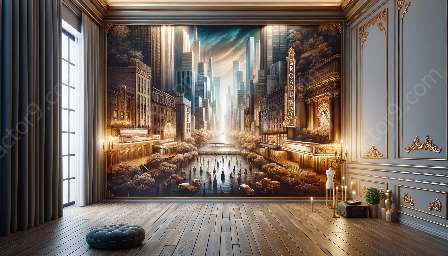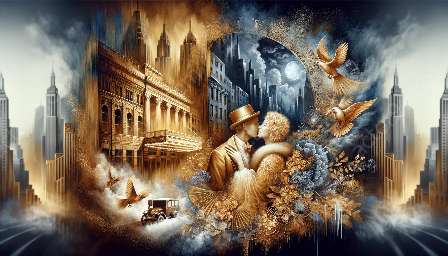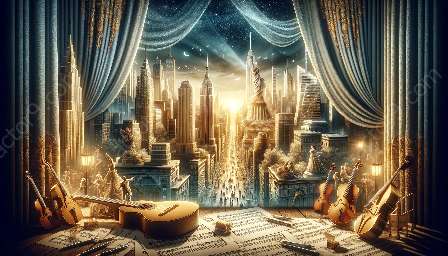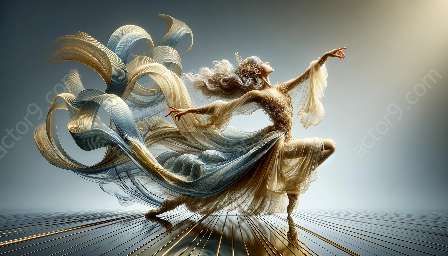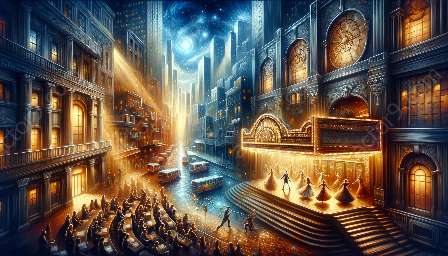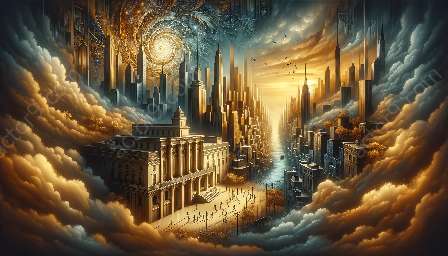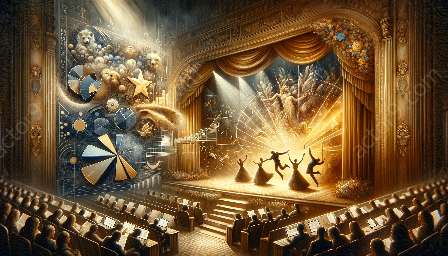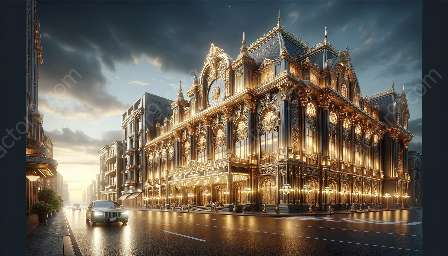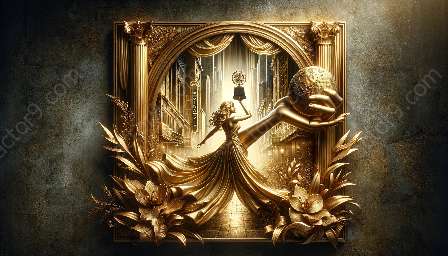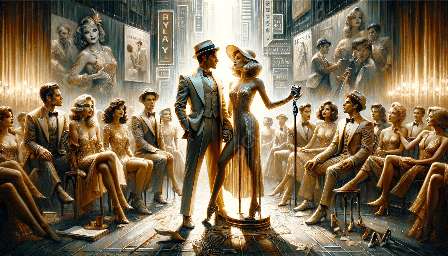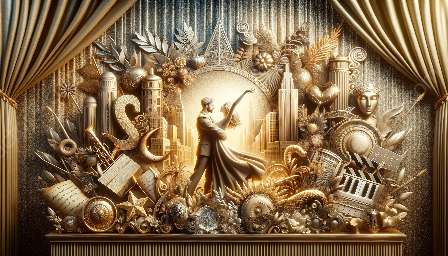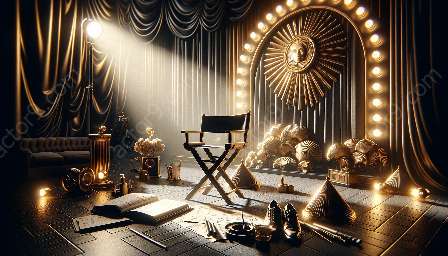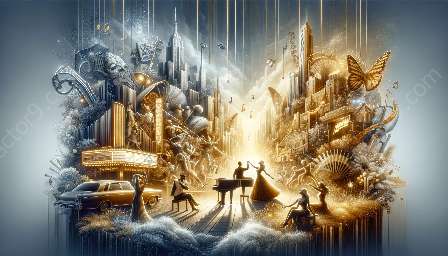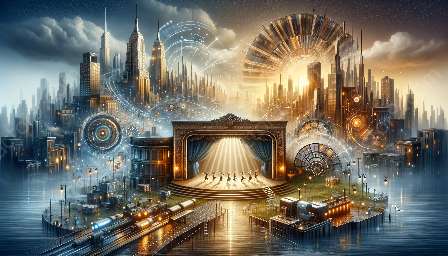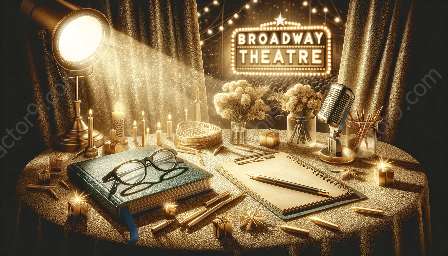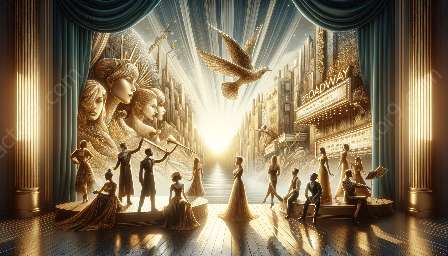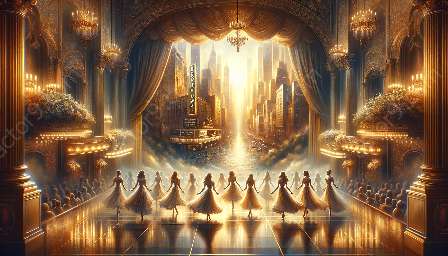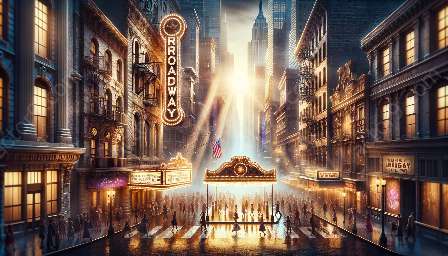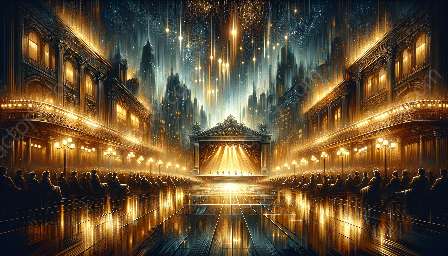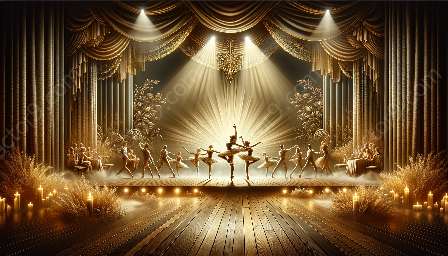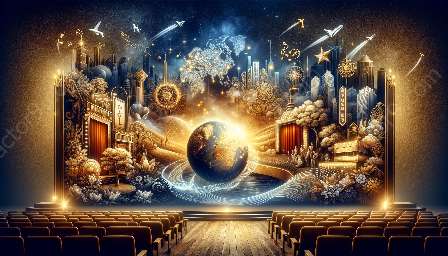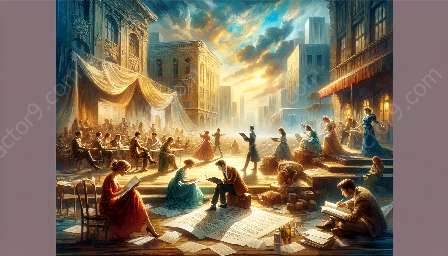The Golden Age of Broadway is often regarded as a transformative period that significantly impacted theater education and training. During this era, which roughly spans from the 1940s to the 1960s, Broadway experienced a surge in artistic innovation, creativity, and commercial success, setting the stage for the modern theater landscape and influencing the development of Broadway and musical theater as we know them today.
Evolution of Theater Education
One of the most significant ways in which the Golden Age of Broadway impacted theater education and training was through the heightened interest in dramatic arts and performance. As Broadway productions gained widespread popularity and acclaim, aspiring actors, directors, and playwrights sought opportunities to refine their craft and learn from the best in the industry.
This surge in demand for theater education led to the establishment of reputable institutions, such as The Juilliard School, the Actors Studio, and the American Academy of Dramatic Arts, all of which played pivotal roles in nurturing and training the next generation of theater professionals. These institutions offered rigorous programs that emphasized the importance of technique, discipline, and artistic expression, laying the foundation for the education and training standards seen in modern theater programs.
Embracing Musical Theater
The Golden Age of Broadway was characterized by an explosion of musical theater productions that captivated audiences with their catchy tunes, compelling narratives, and stunning choreography. This era saw the creation of iconic musicals, including 'West Side Story,' 'The Sound of Music,' 'My Fair Lady,' and 'Guys and Dolls,' among many others, which not only left a lasting impact on Broadway but also influenced the curriculum and focus of theater education.
As musical theater gained prominence, theater education and training programs began to integrate specialized coursework in musical performance, vocal training, and dance, recognizing the unique skill set required for success in this genre. This shift in focus prompted the development of comprehensive musical theater programs that aimed to equip students with the technical proficiency and artistic sensibilities needed to excel in productions that seamlessly blend acting, singing, and dancing.
Technological Advancements
Another noteworthy influence of the Golden Age of Broadway on theater education and training was the introduction of new technologies and production techniques. The era witnessed advancements in stage design, lighting, sound engineering, and costume fabrication, all of which elevated the quality and spectacle of Broadway productions to unprecedented levels.
These technological innovations not only enriched the audience's theatrical experience but also prompted educational institutions to incorporate modern tools and practices into their curricula. As a result, theater students were exposed to state-of-the-art equipment and production methods, preparing them to adapt to the evolving industry standards and contribute to the continued innovation of theater arts.
A Lasting Legacy
The impact of the Golden Age of Broadway on theater education and training continues to reverberate through the collective consciousness of the performing arts community. The emphasis on authenticity, expression, and technical excellence that defined this era remains ingrained in the pedagogical approach of theater programs worldwide, shaping the aspirations and skill sets of aspiring performers, educators, and industry professionals.
Furthermore, the timeless masterpieces created during this period serve as a wellspring of inspiration and learning material for theater students, allowing them to study and interpret the works of renowned playwrights, composers, and directors from a pivotal moment in Broadway history.
Conclusion
The Golden Age of Broadway undeniably left an indelible mark on theater education and training, fostering a culture of innovation, creativity, and artistic pursuit that continues to define the theatrical landscape today. By empowering generations of aspiring theater professionals with unparalleled opportunities for growth and learning, this era has not only shaped the trajectory of the performing arts but also amplified the enduring legacy of Broadway and musical theater.

